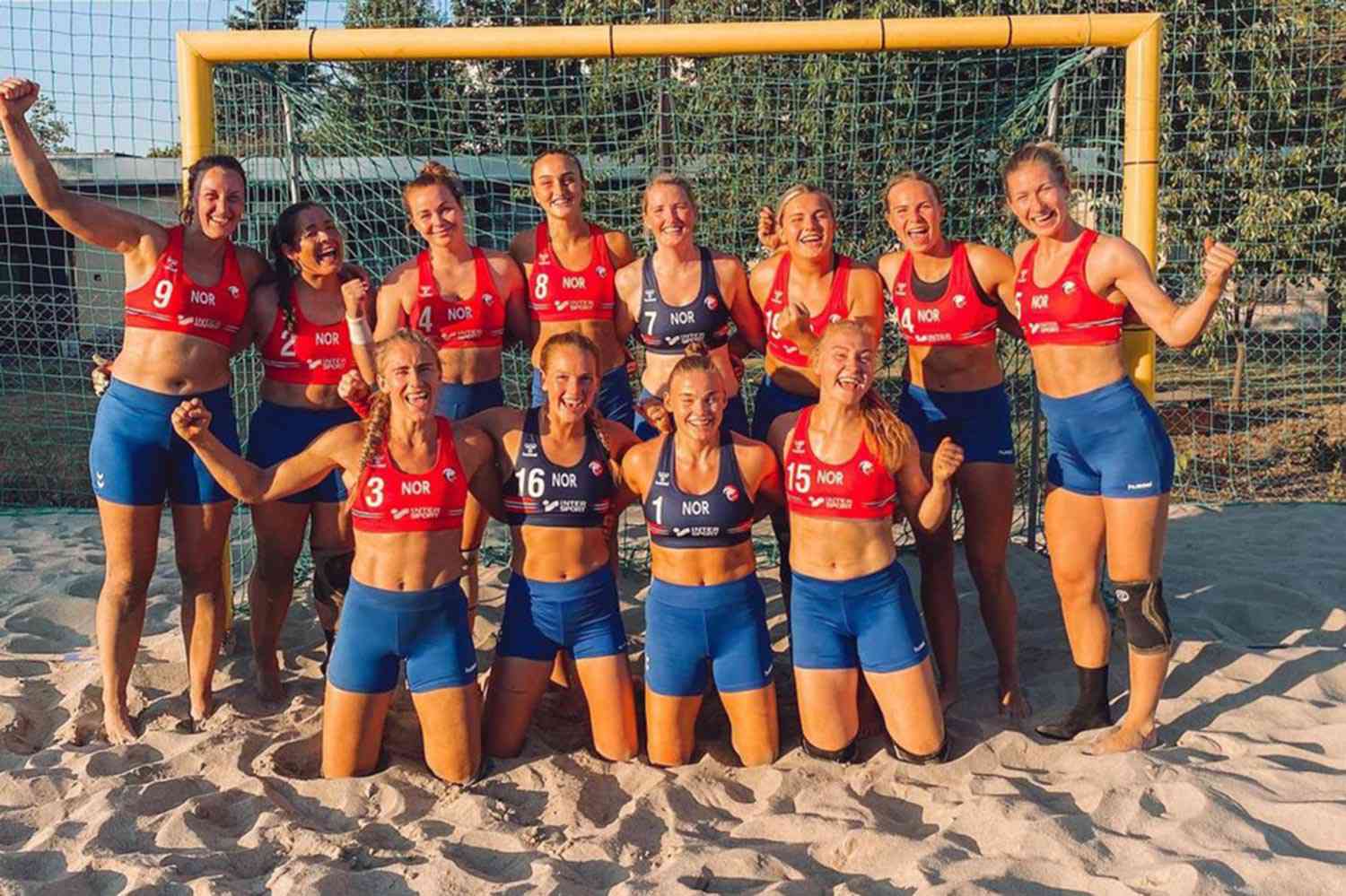The clothes that women, most prevalently, famous women choose to wear often fall victim to public scrutiny. You only have to read a handful of articles following a high-profile celebrity event to find criticism or sexualisation of one kind or another of what a woman has chosen to wear. Although previously an act of misogyny reserved for the world of celebrity culture, these sexist attitudes are starting to creep into the world of sport.
The fining of the Norwegian female handball team at this year’s European Championship for ‘improper clothing’ marks another moment of great achievement for women in sport, publicly marred by sexism. The players opted for shorts over bikini bottoms.

Each player was fined the equivalent of £130, their choice of attire being an apparent breach of Athlete Uniform Regulations in the IHF Beach Handball Rule of Games. The Norwegian Handball federation was dismayed with this penalty stating: ‘Together we will fight to change the rules for clothing, so that players can play in clothes they are comfortable with’.

This is just one in a string of cases in which women were subjected to unfair and unwarranted judgement for their clothing choice. Olivia Breen, 24-year-old British Paralympian, was met with criticism at this year’s Paralympic European Championships when told her shorts were ‘too short and revealing’. What does this say about female dress in sport? Women can’t win.
Either women’s shorts are deemed inappropriately revealing, so a more covered appearance is encouraged to conceal the sexualised female form; or officiating bodies prefer to have athletes play in bikini bottoms, closely resembling underwear. It is comically ironic that women are told to dress in a modest fashion, whilst so-called ‘revealing dress’ is also deemed suitable for public viewing.

If this debate is giving you lucid flashbacks to the Serena Williams catsuit debacle in 2018, you’re not the only one. The President of the French Tennis Federation, Bernard Giudicelli announced that a catsuit like Williams’ would no longer be allowed, declaring ‘you have to respect the game and the place’. Williams was quick to respond, expressing that not only did the catsuit make her feel like a ‘warrior’, but the tennis star also donned the black Nike one piece to combat blood clots after the traumatic birth of her daughter.

The flagrant disregard of this pertinent female experience and the simultaneous objectification of Williams just goes to show how women themselves, especially women of colour, are used as part of a patriarchal agenda to discredit the female experience and the female voice. The sporting industry needs to do more to recognise their misogynistic shortcomings and address the right of female athletes to succeed on the world stage, without their experience being peppered with insulting double standards and at times, blatant sexism.

If you look more closely at how professional female sporting attire has evolved in modern times, something is immediately clear – sports gear has become gradually scantier. As the female body has become increasingly sexualised in modern media, it is expected that in whichever scenario, a nightclub or the tennis court, women have to be dressed in a way that makes them attractive to the male gaze. This is the idea that the patriarchal nature of our society aims to programme women into thinking that they have to dress provocatively in order to make themselves more attractive to men as a way of achieving success more generally in life.
The more vociferous feminists amongst us may proffer the idea that the Norwegian handball team railed against these very patriarchal expectations to dress in small bikini shorts and were punished as a result. On the other hand, sportswomen are still shamed for complying with these expectations even if this type of clothing is what some athletes feel most comfortable competing in – Olivia Breen being exhibit A.
The double standard here is astonishing. The stipulations around sportswear need to be confined to the safety and wellbeing of the participant, not geared towards attracting corporate sponsors and fans, which Olivia Breen exposed when talking publicly about her recent encounter. The policing of these rules should be in the interest of the players and seeing them succeed. They should not be a veiled expression of the oppressive patriarchal expectation that a woman was placed on that field or court to be a sexual object for the male gaze to either judge or derive gratification from.
All the time sportswear continues to be a manifestation of patriarchal double standards, the spotlight is forced away from the sporting achievements of female athletes. It can only be hoped that in the future cases such as the Norwegian Handball team will receive publicity relating solely to their sporting endeavours and not their refusal to wear bikini bottoms as they compete.













